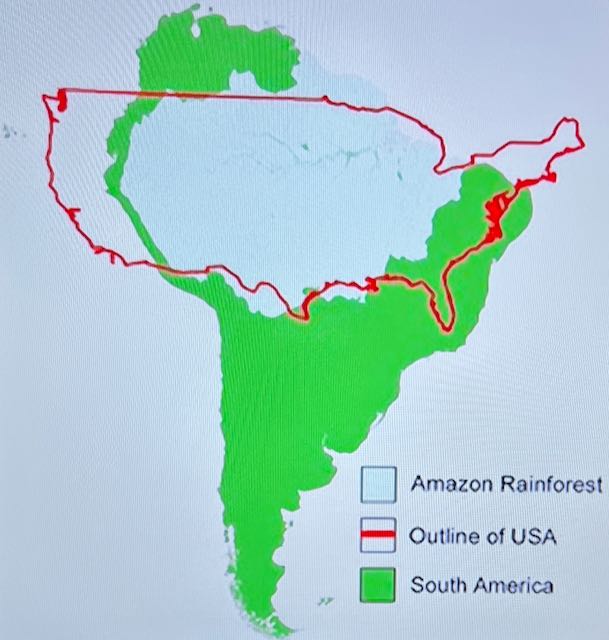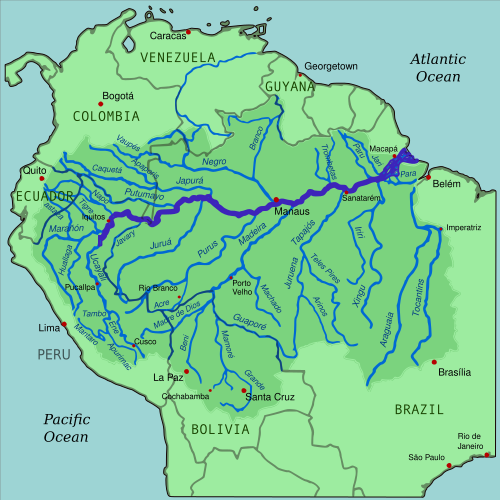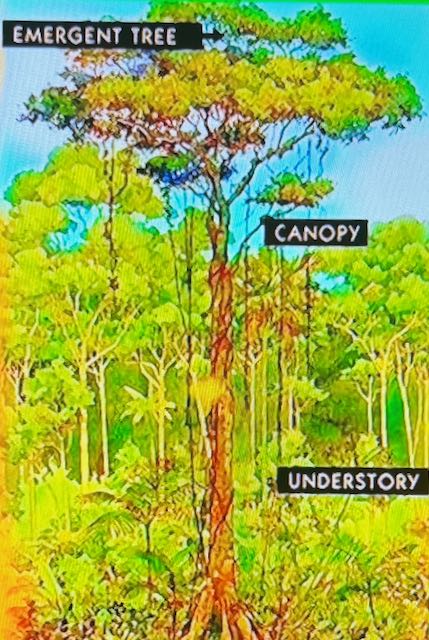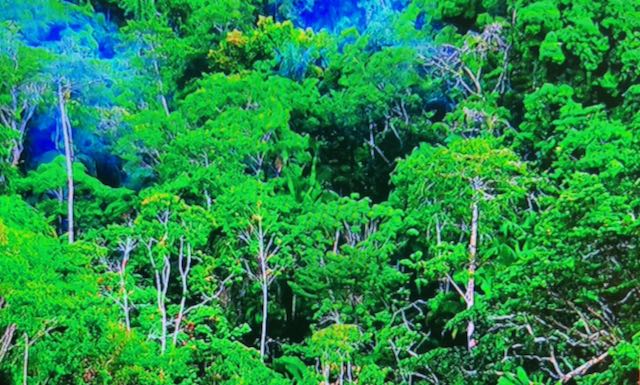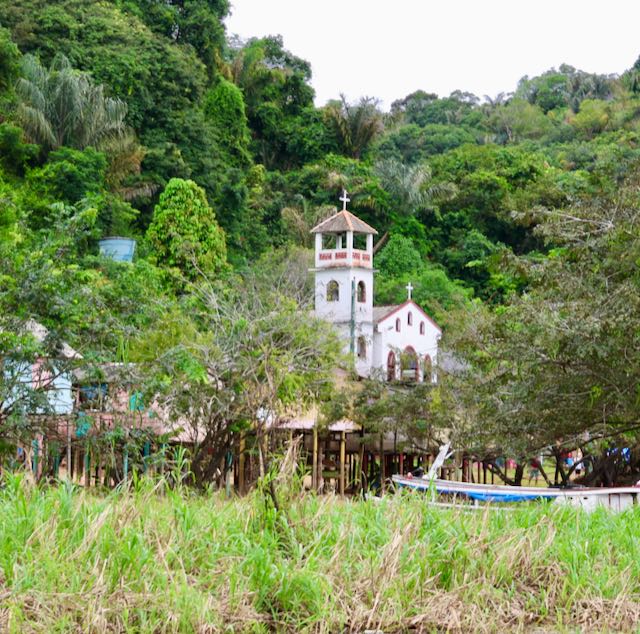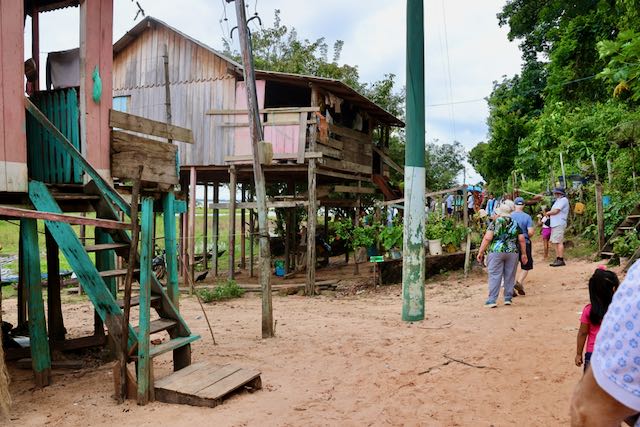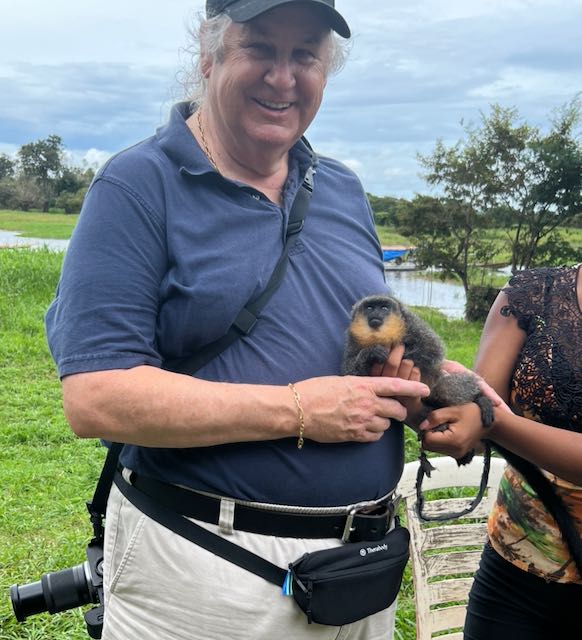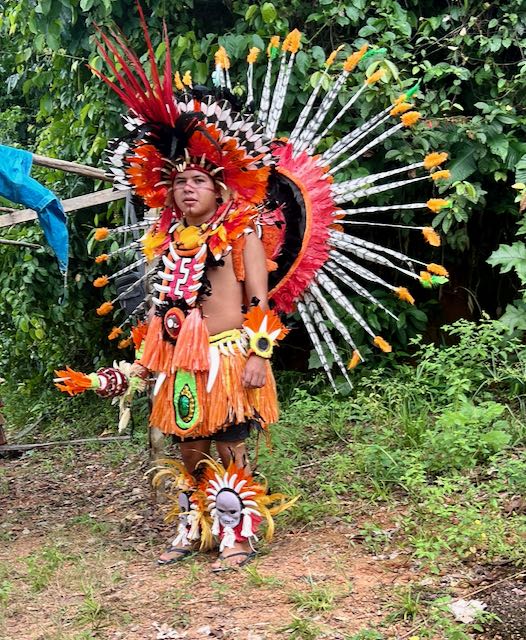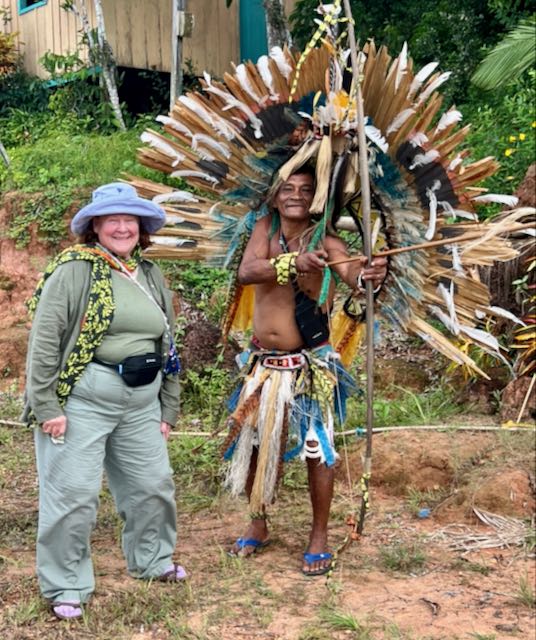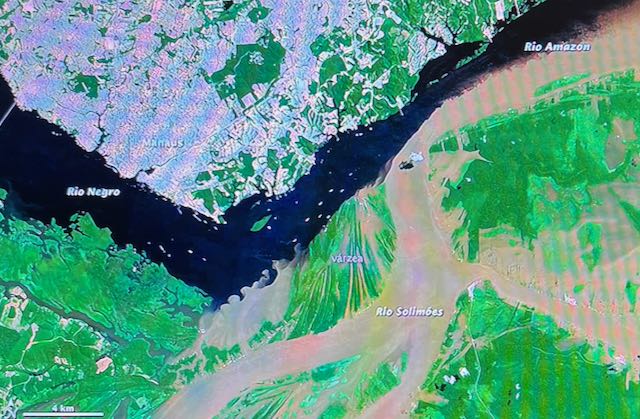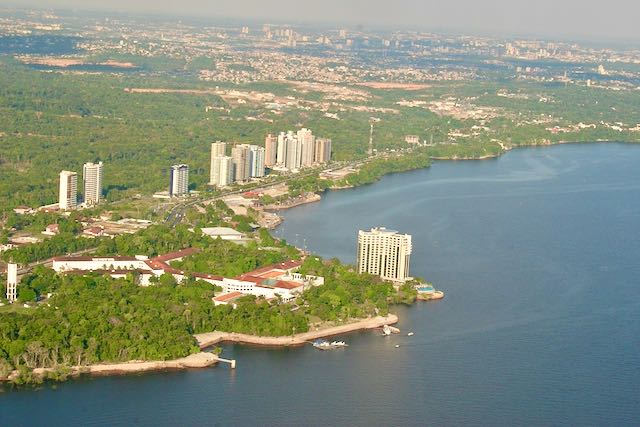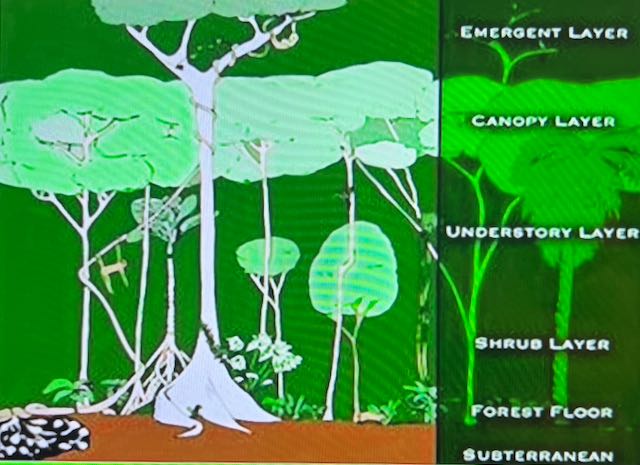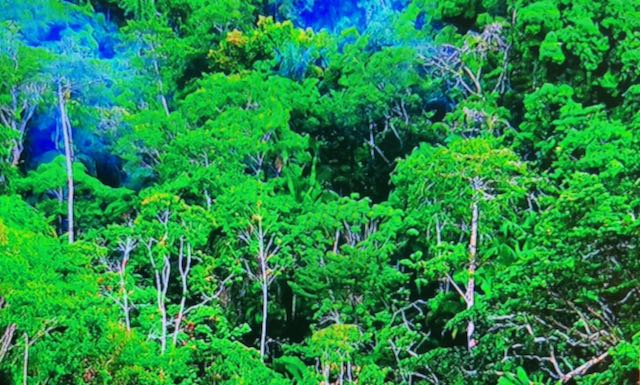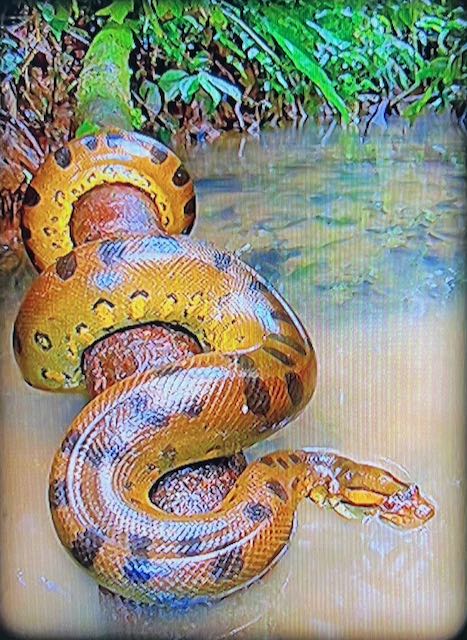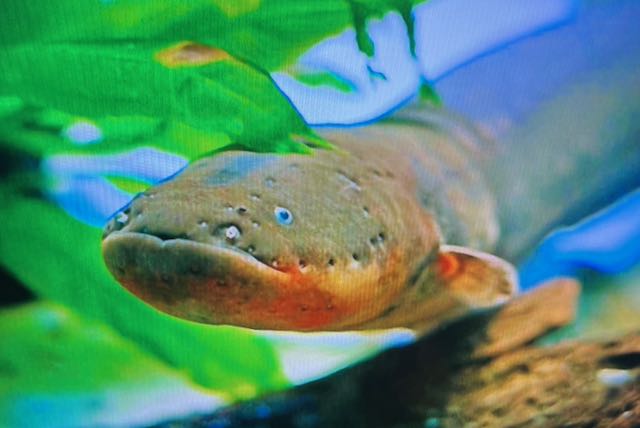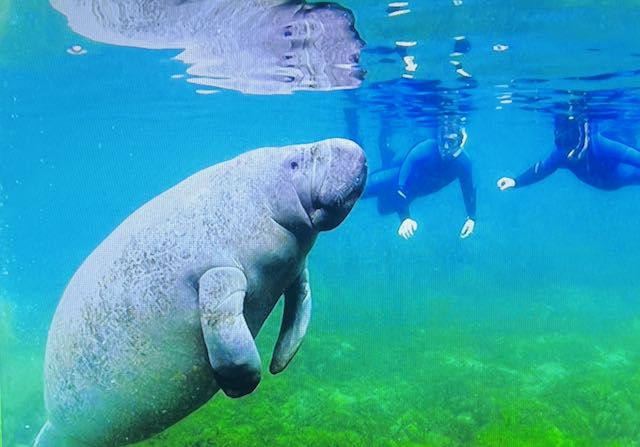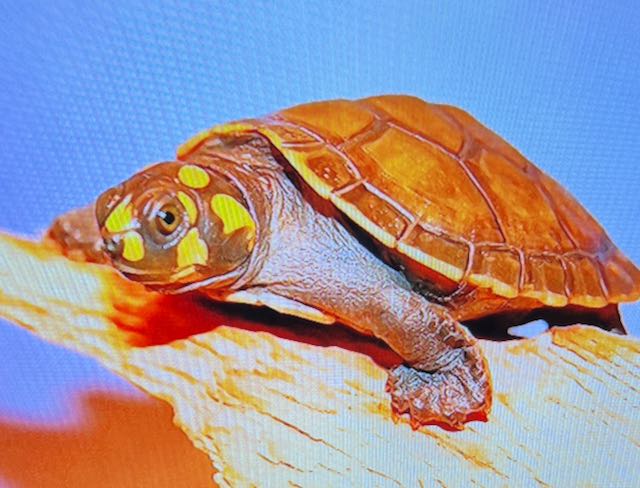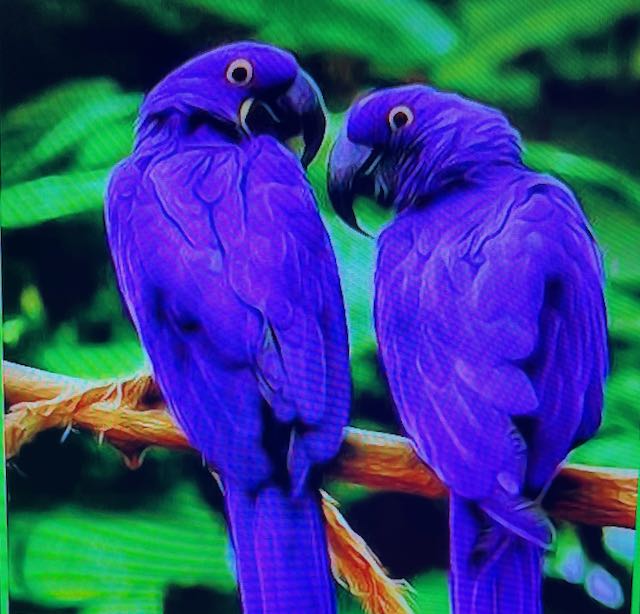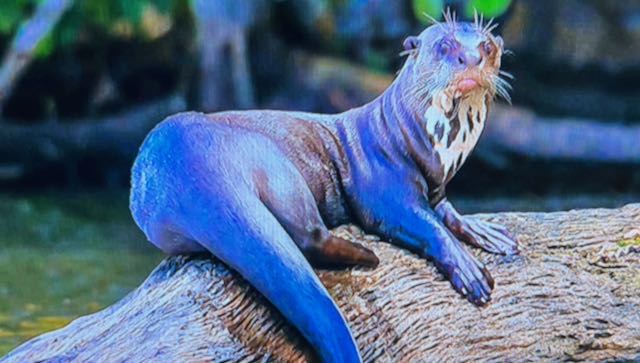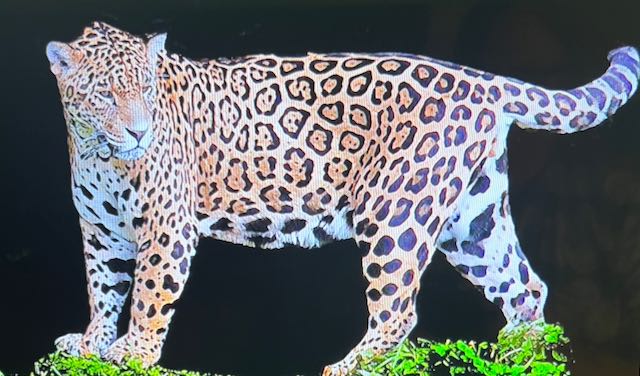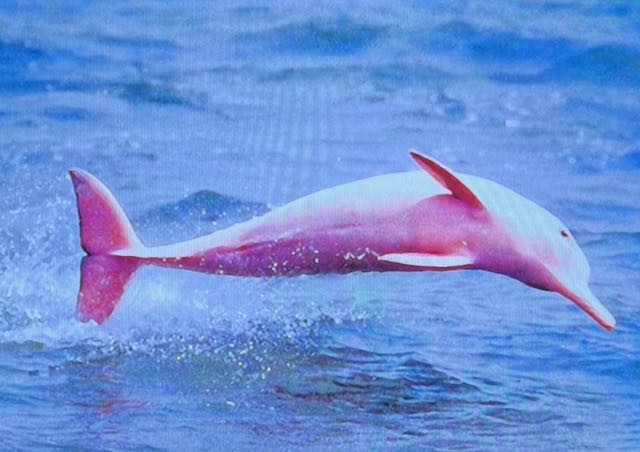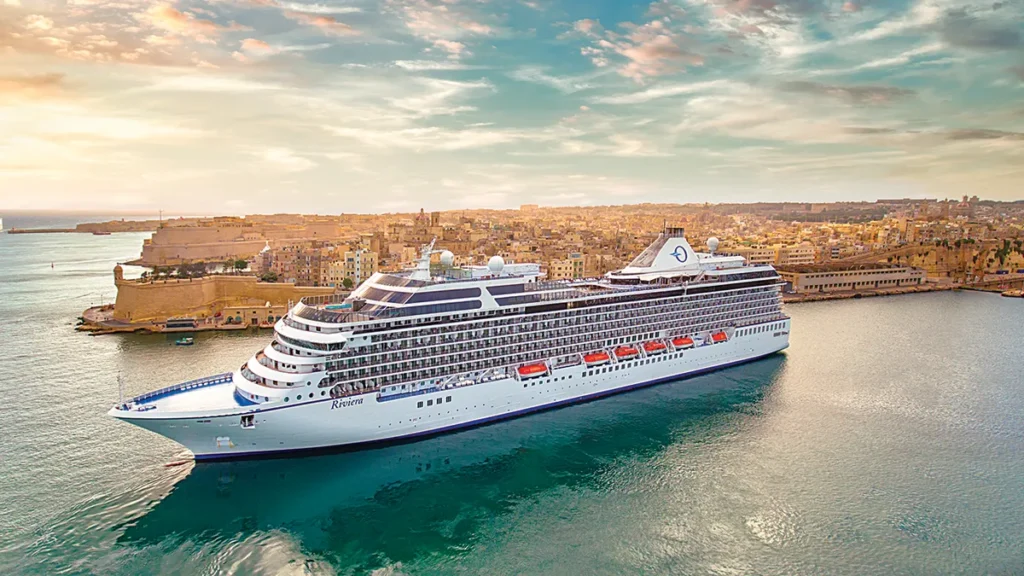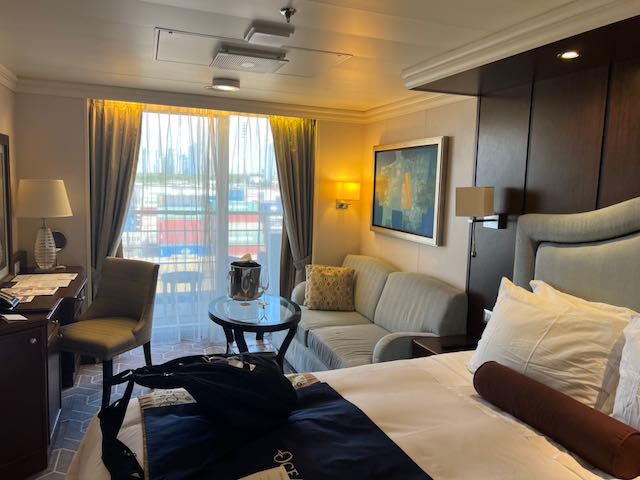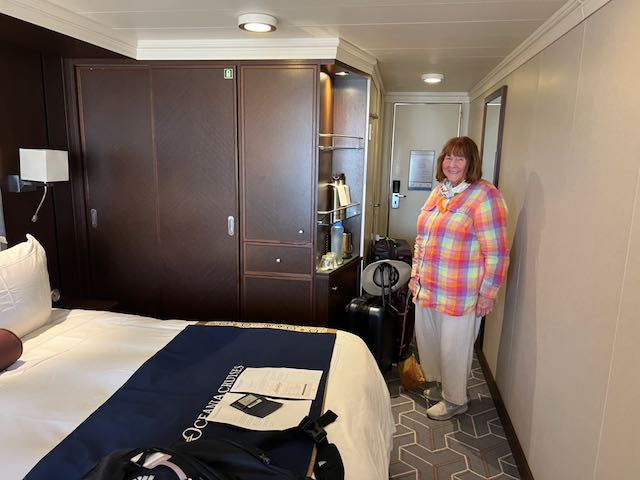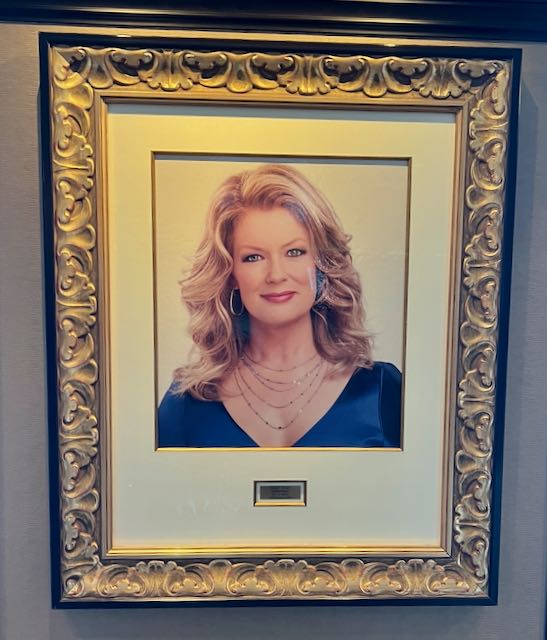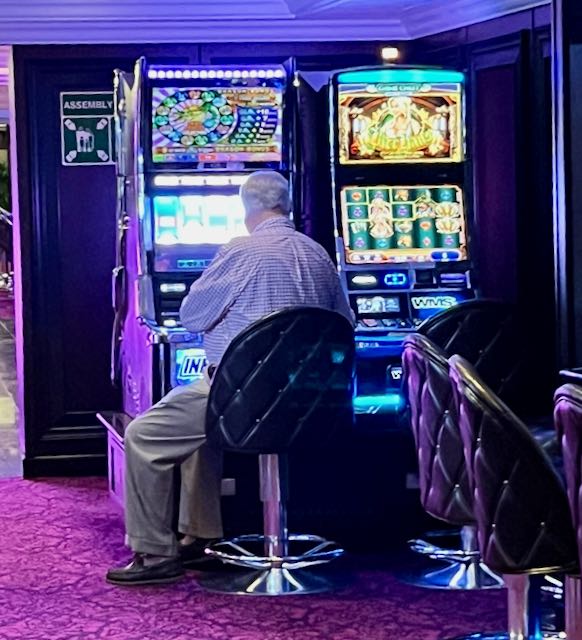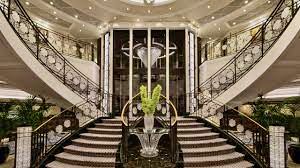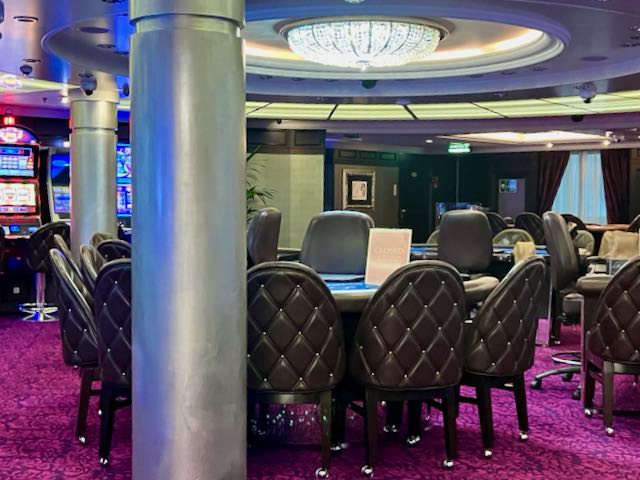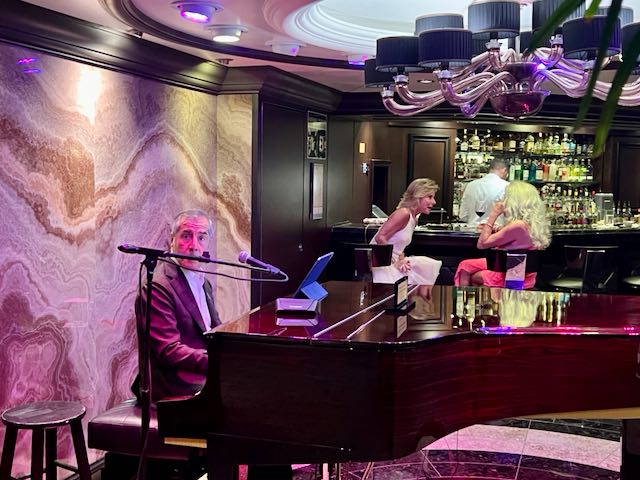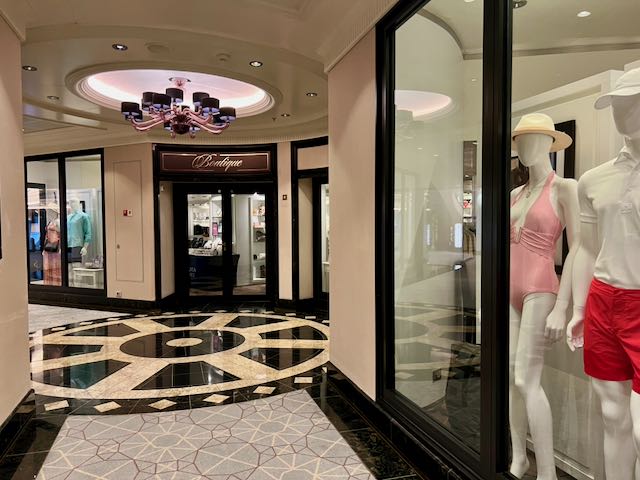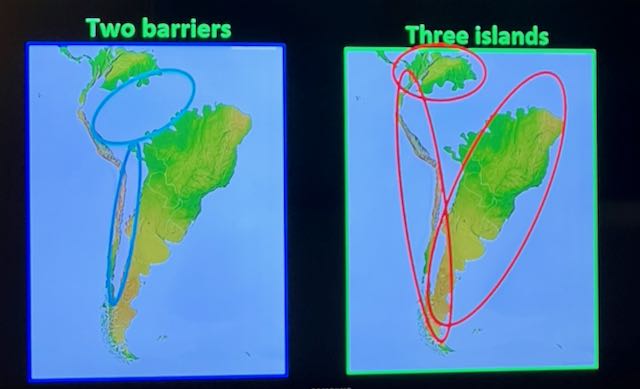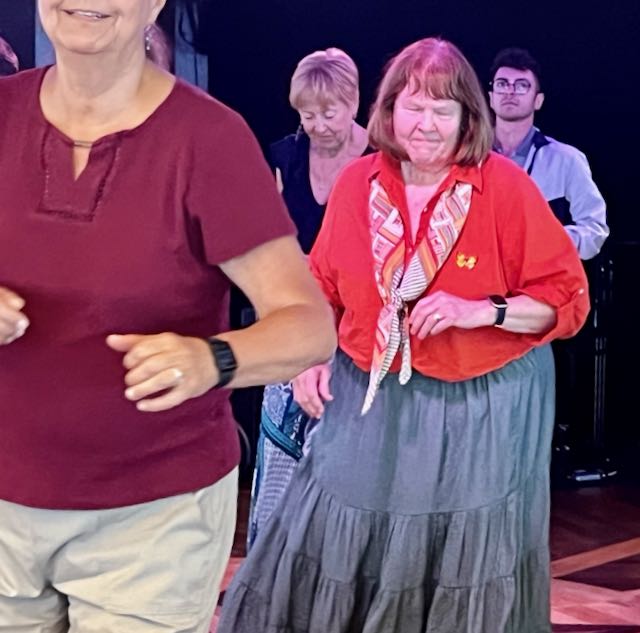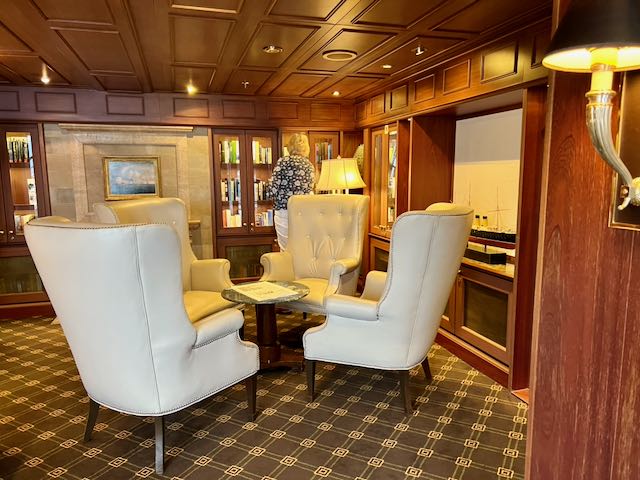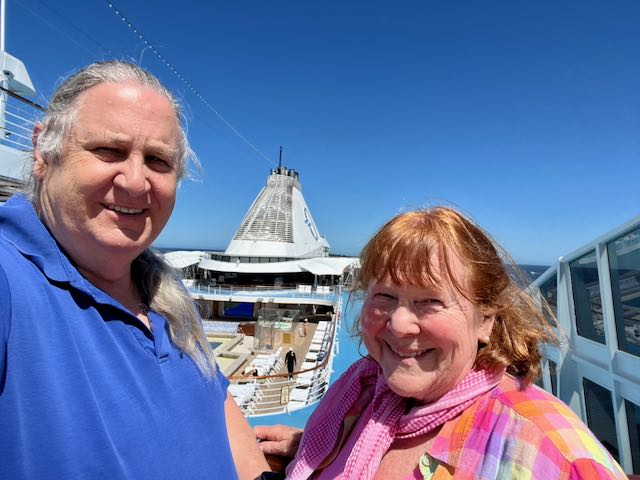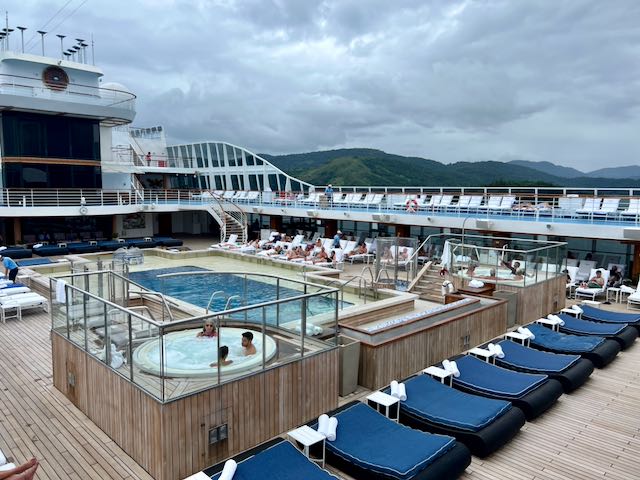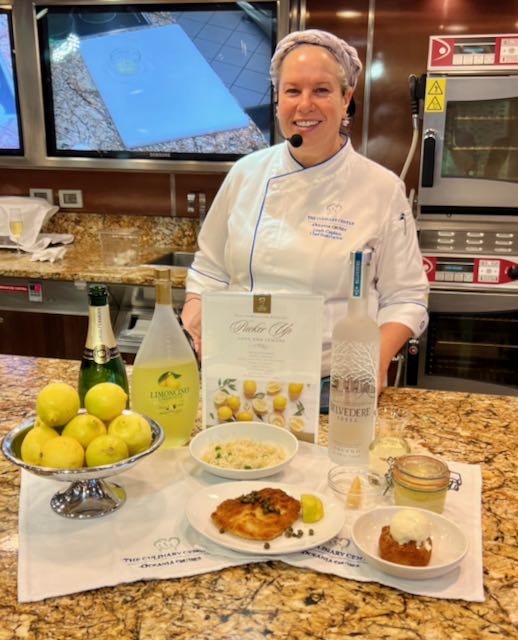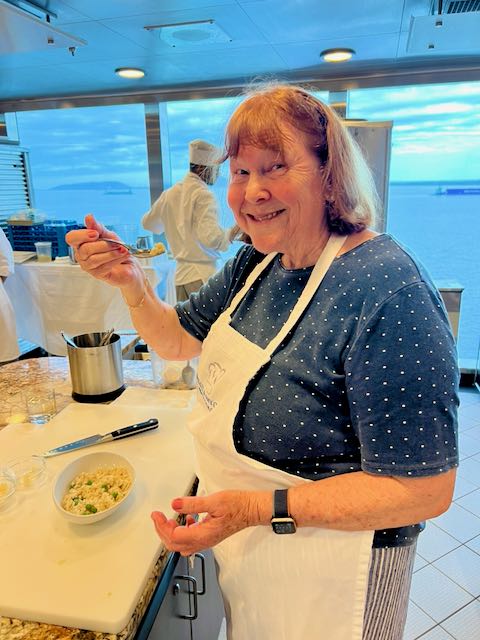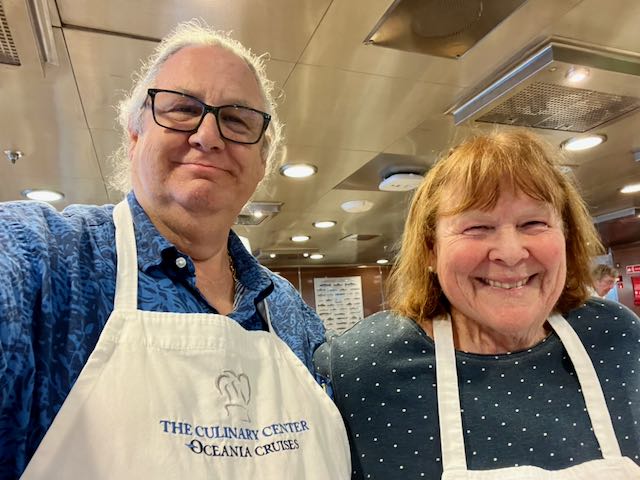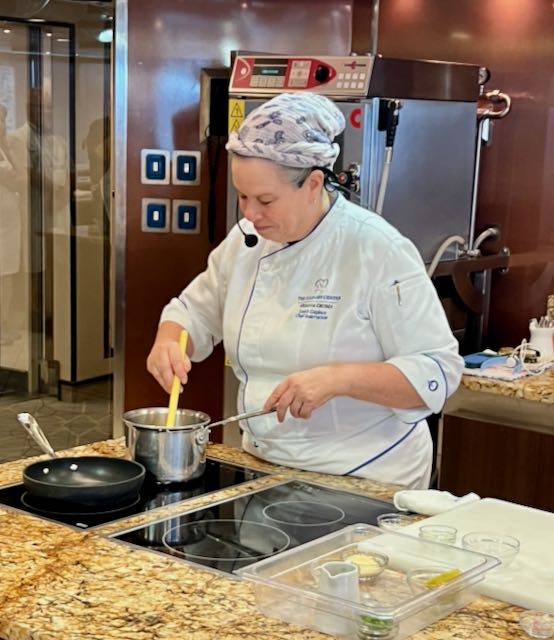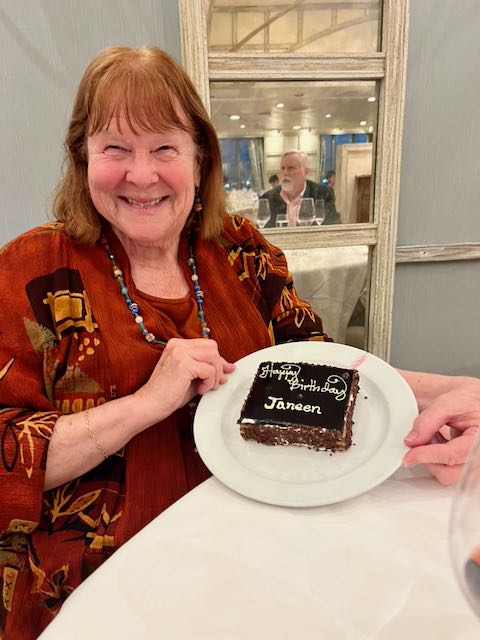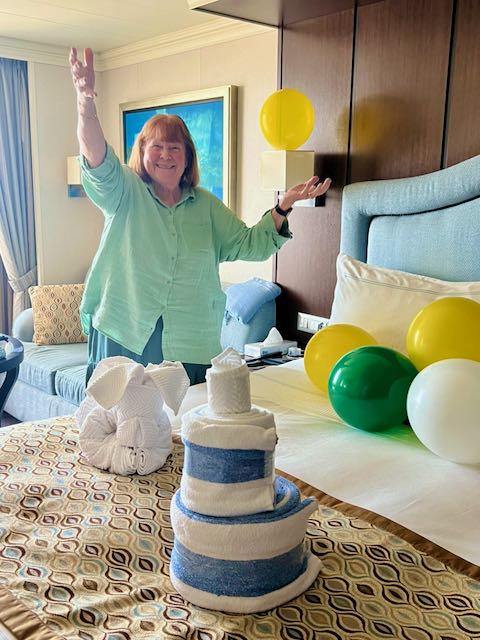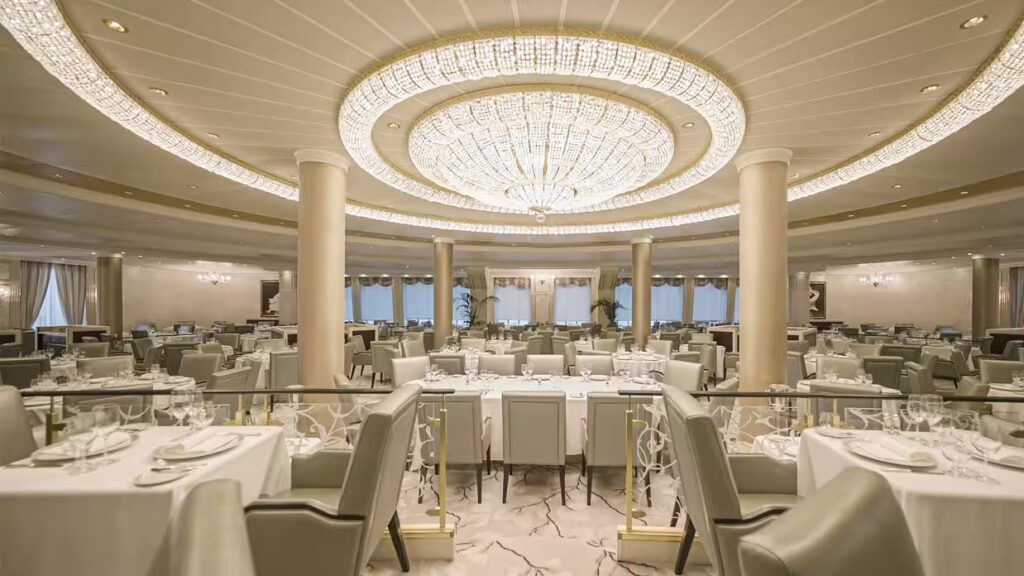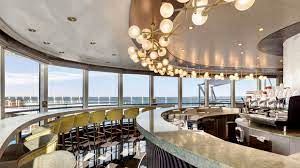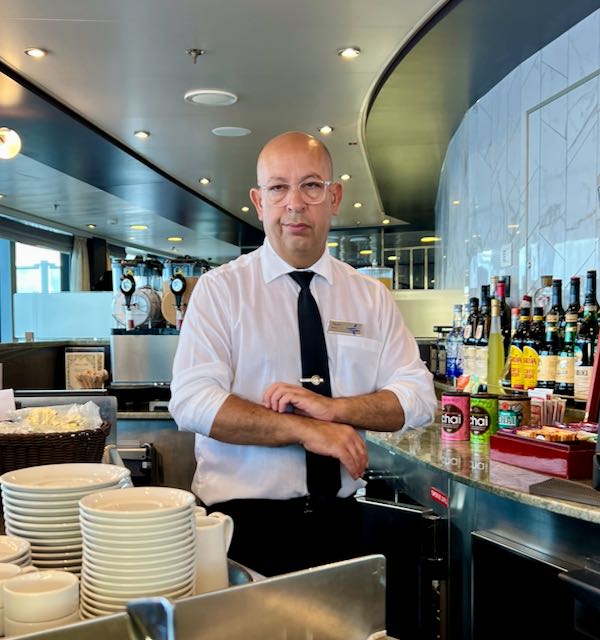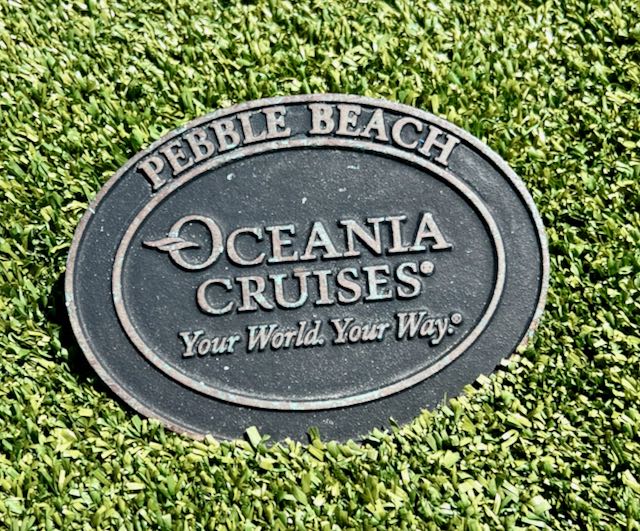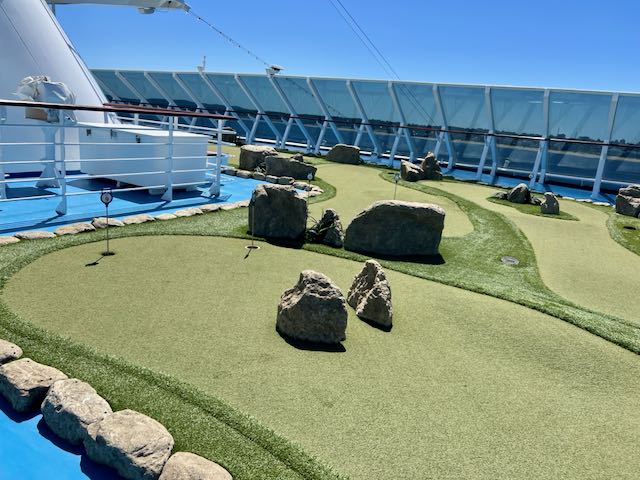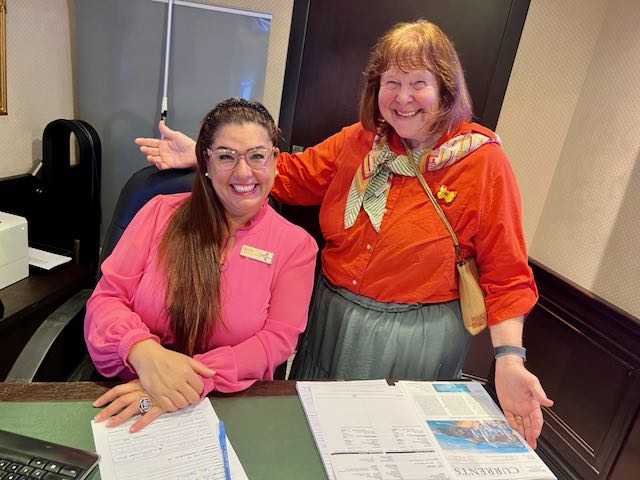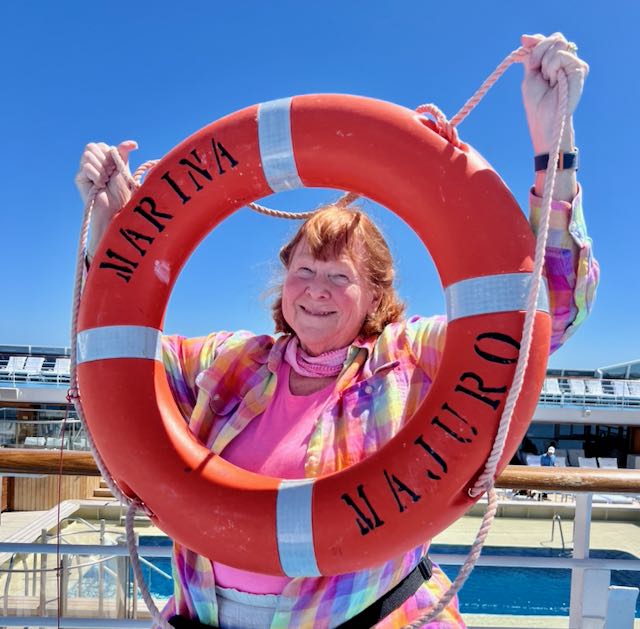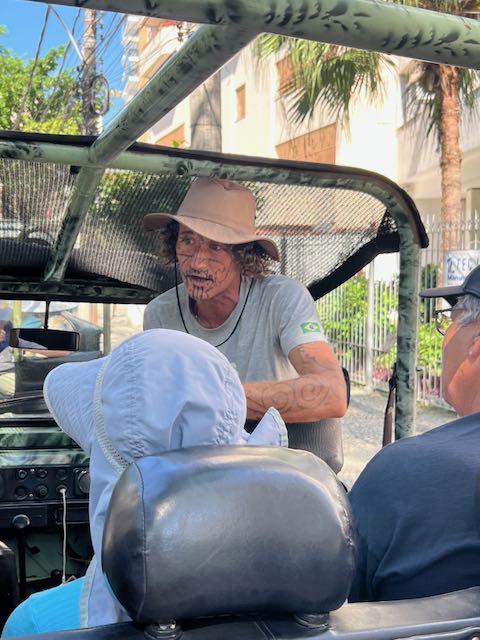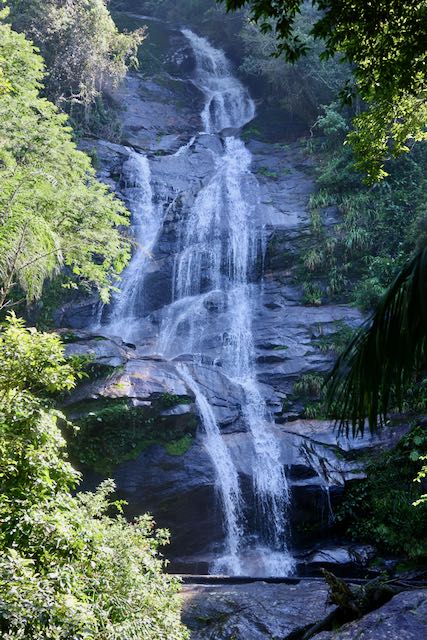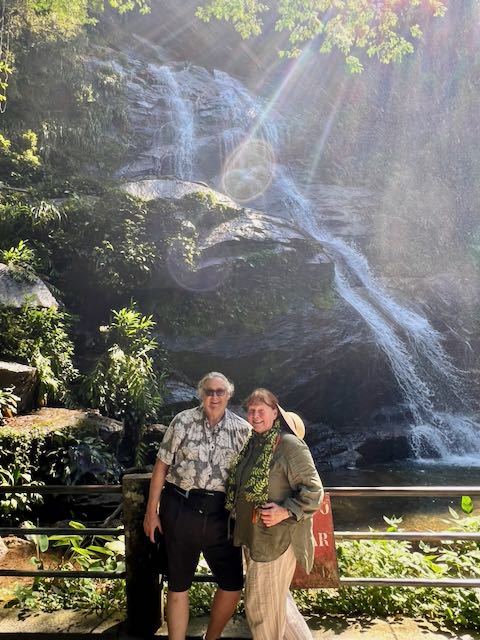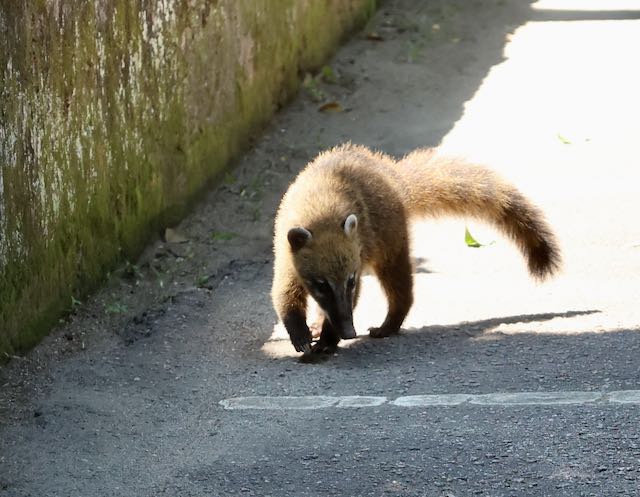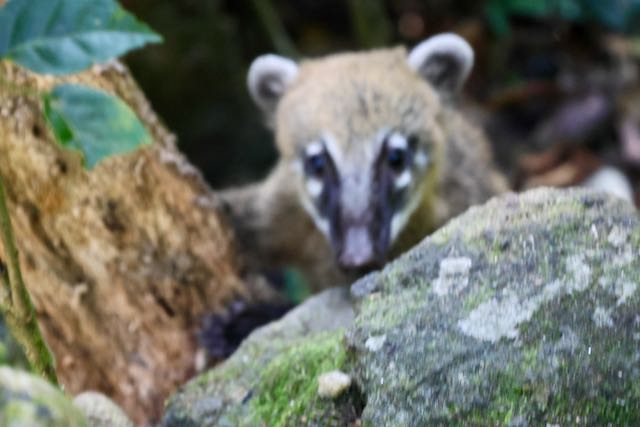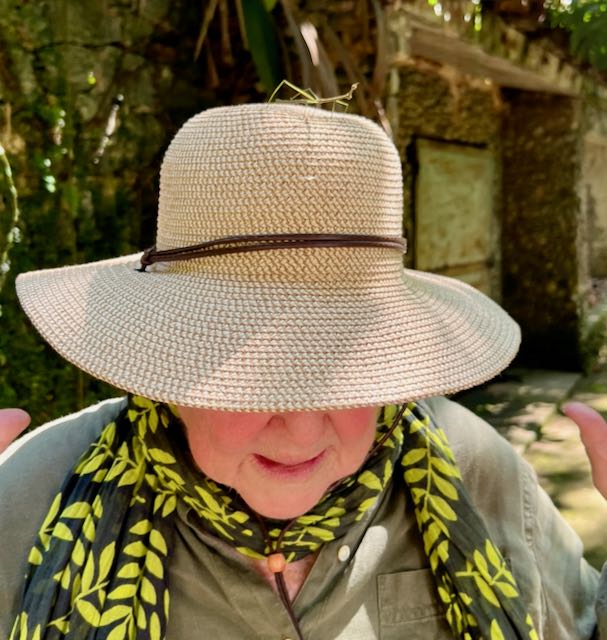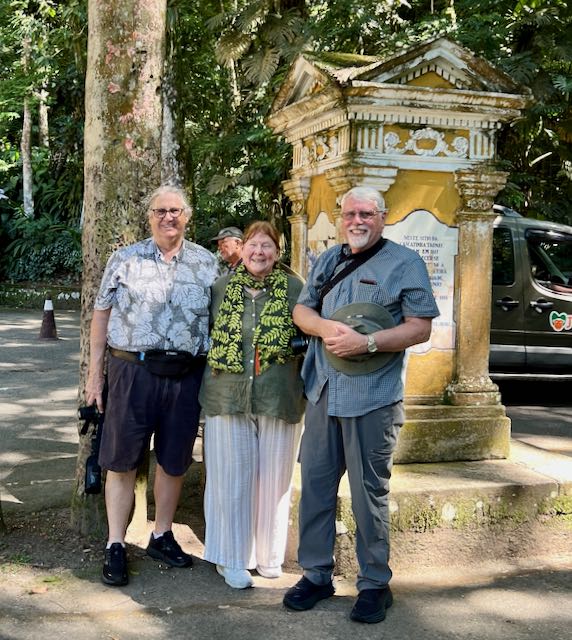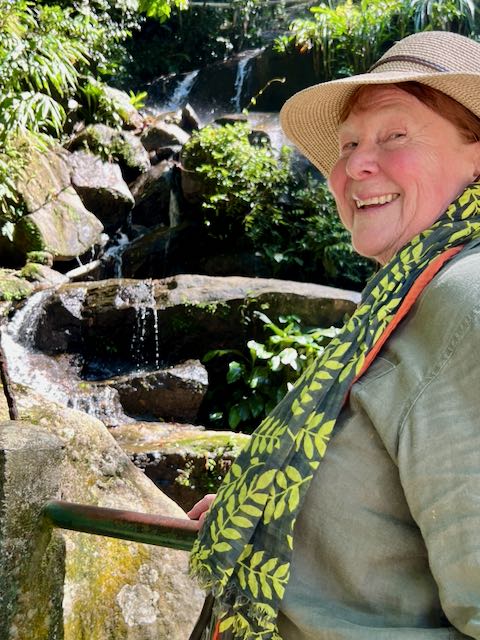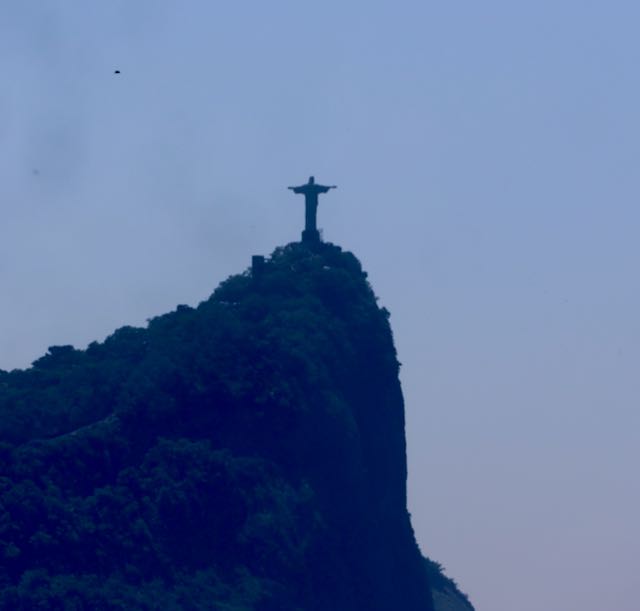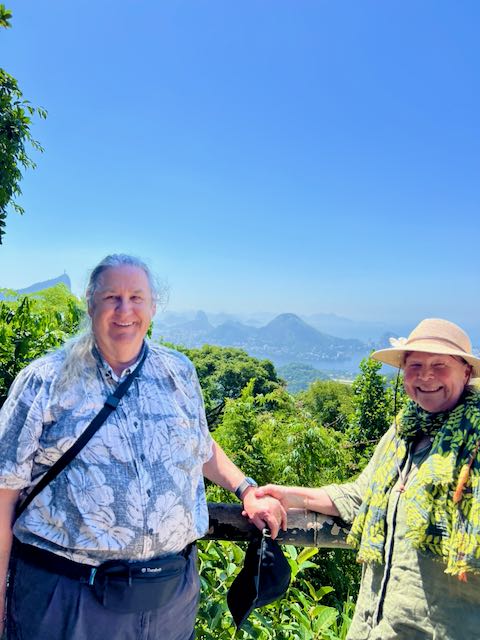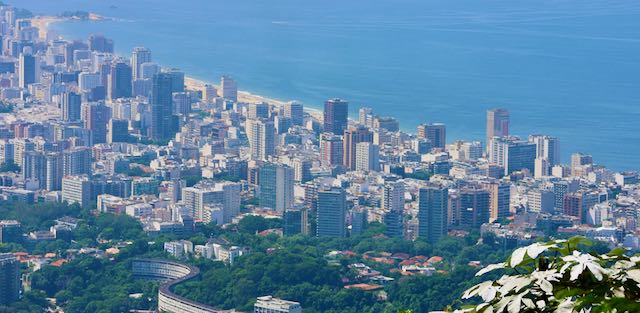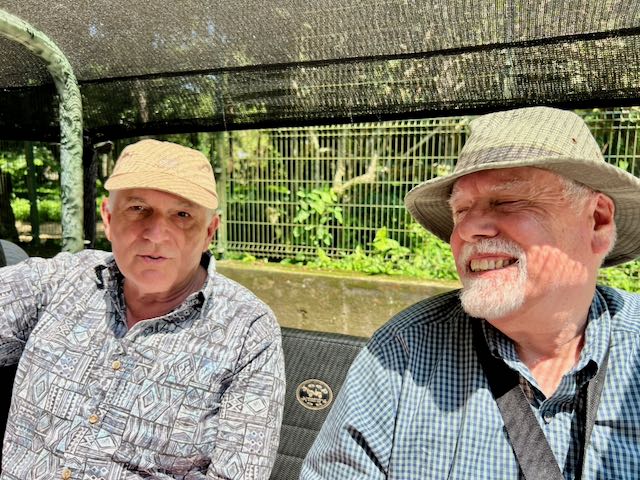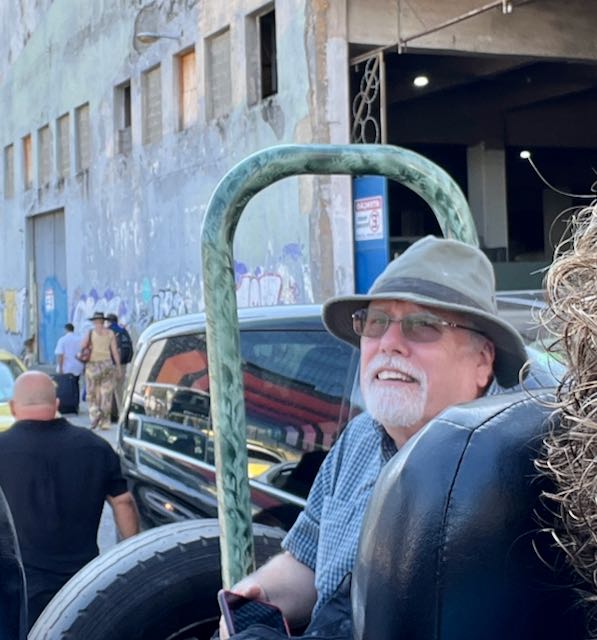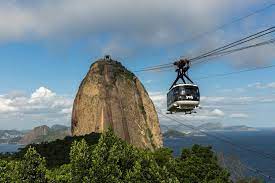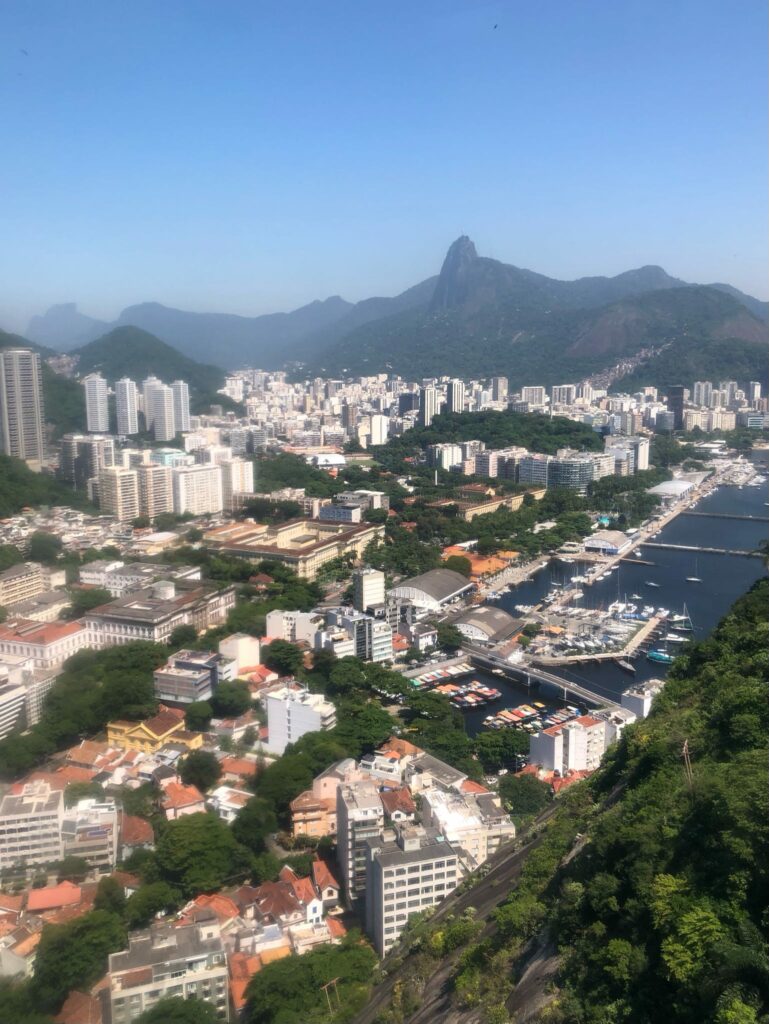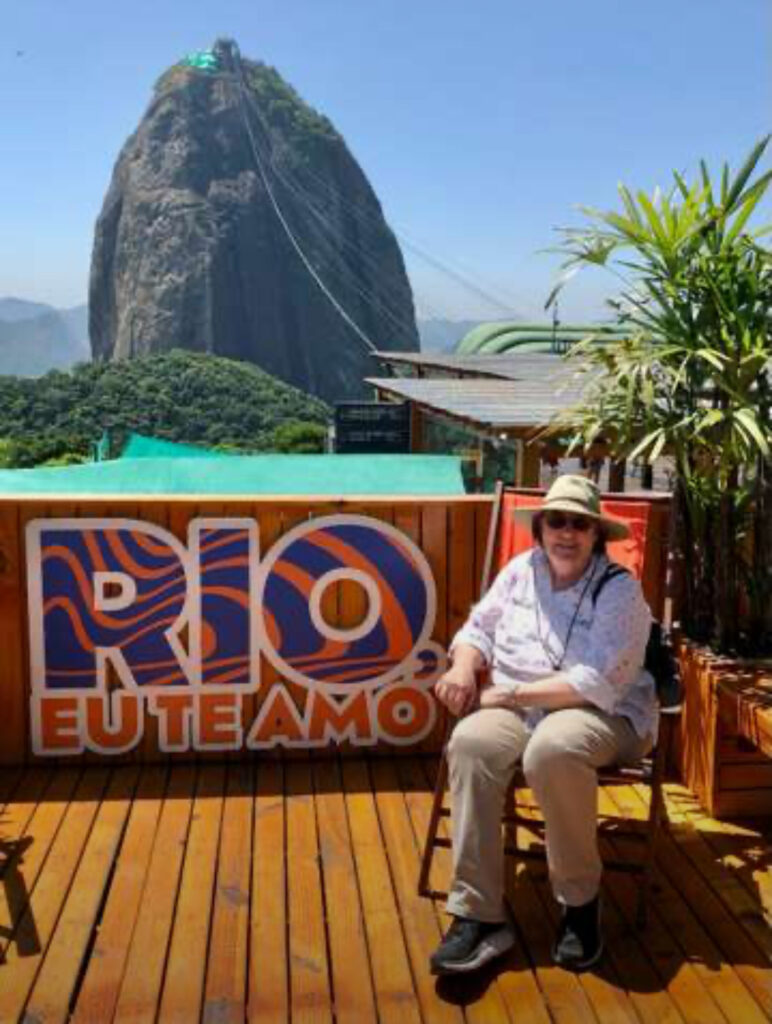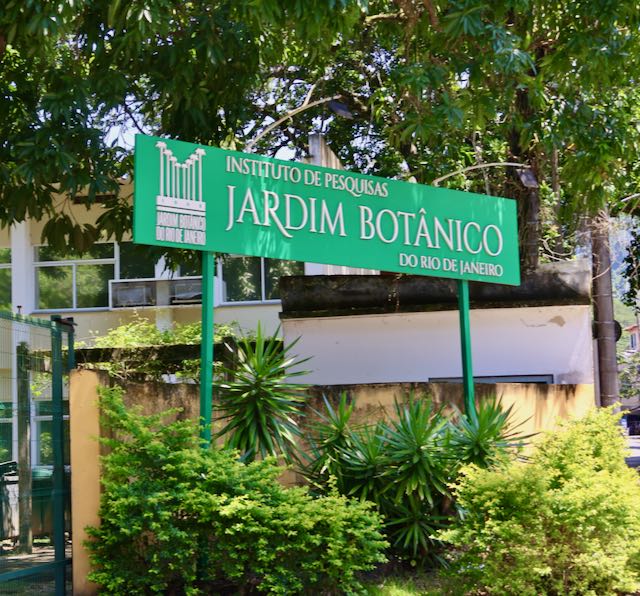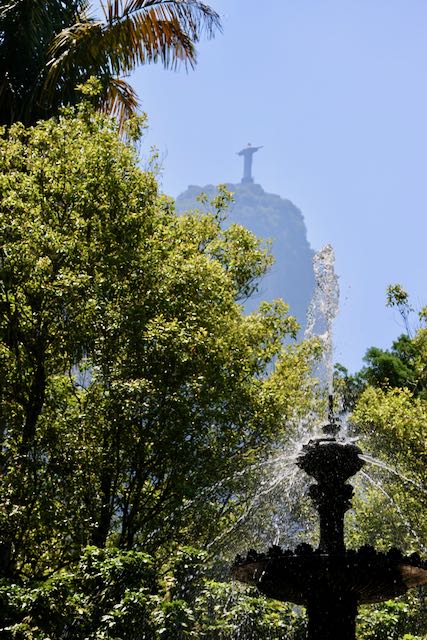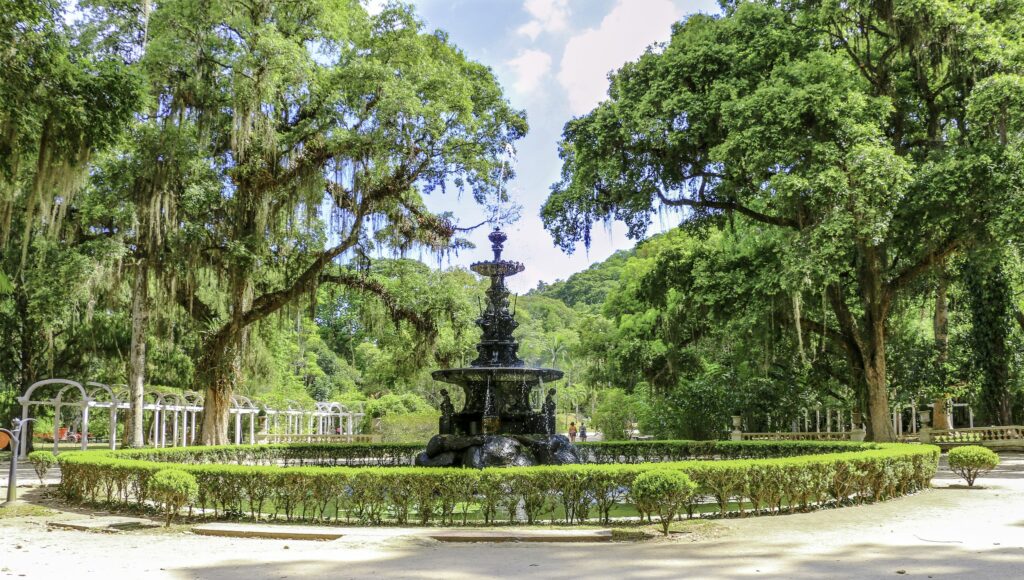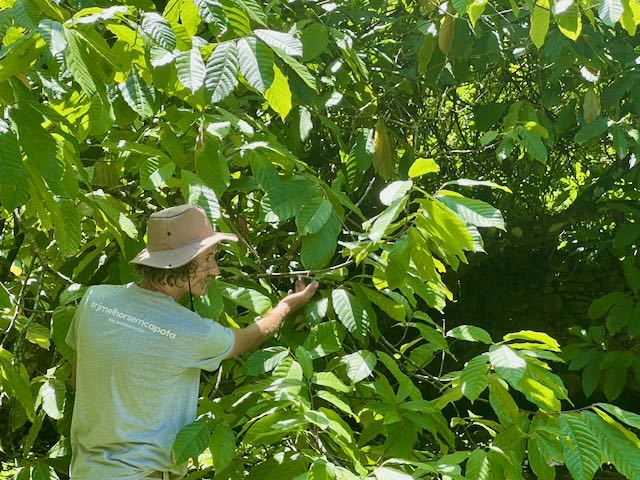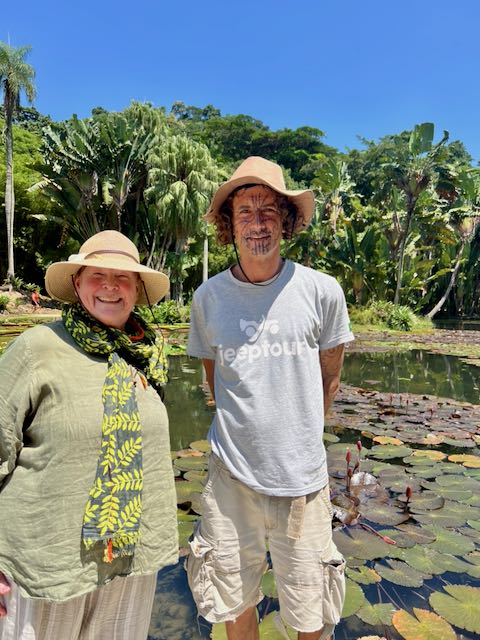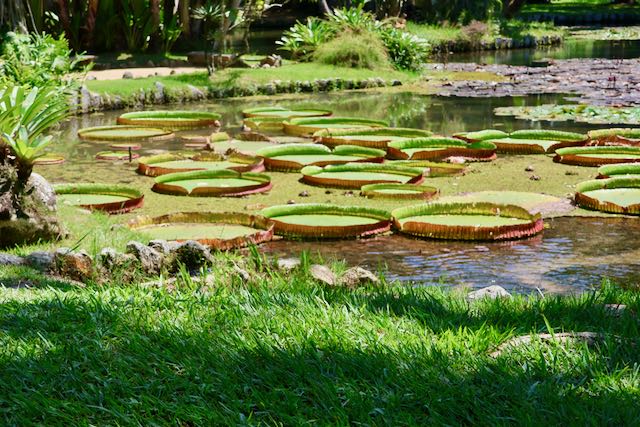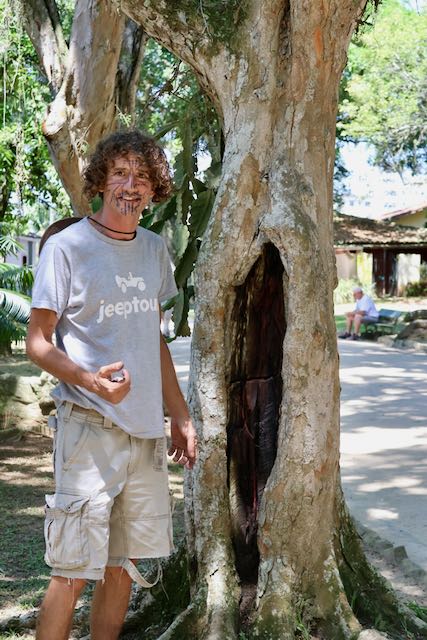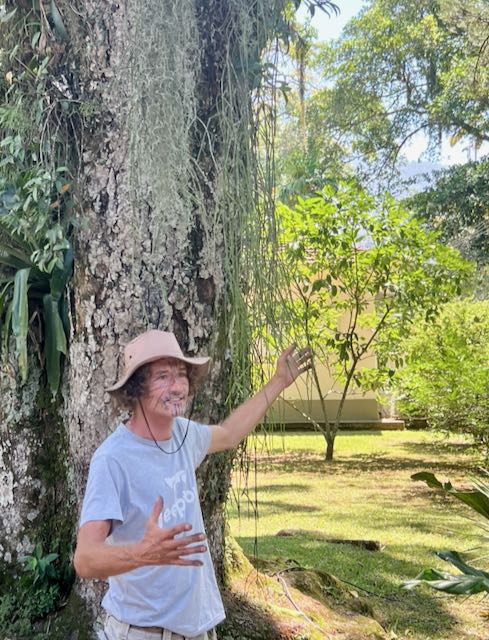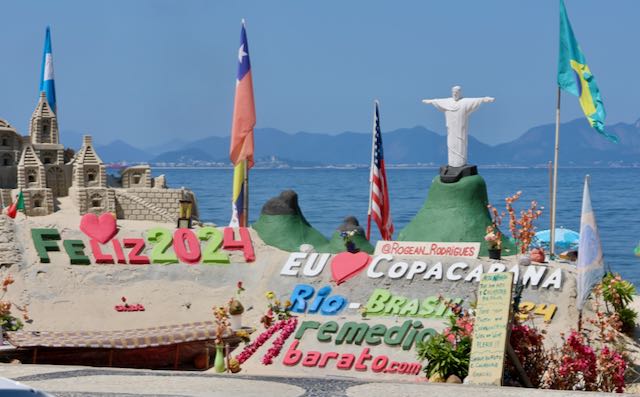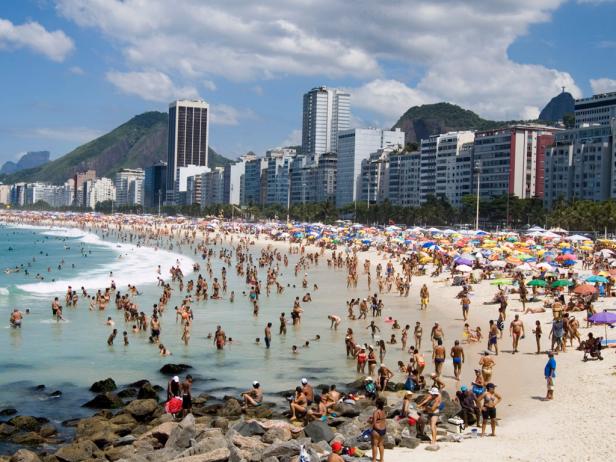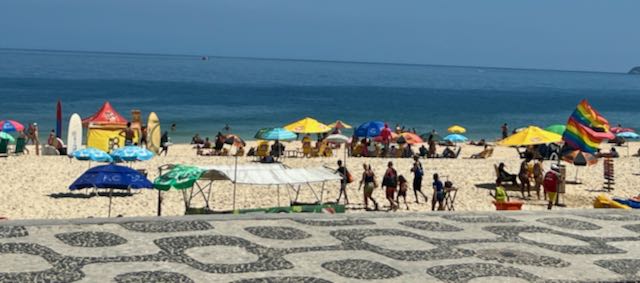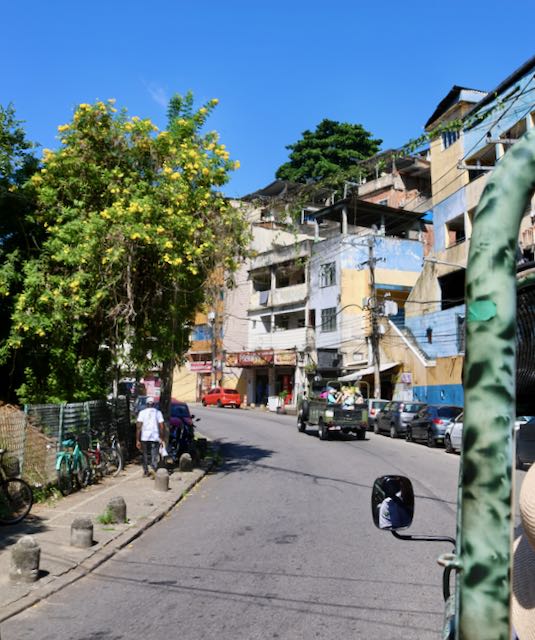We have been on a number of river cruises, admittedly in Europe, but this too has been a river cruise – after all, we went 900 miles up the Amazon River! Going 900 miles was only about half way but the ship really couldn’t go any further. Along the way we stopped at several ports but this will focus on Manaus – the City that Rubber Built. It is the heart of the Amazonia and the cultural center of the upper Amazon region and an important river port with floating docks that can accommodate ocean going vessels including cruise ships. Surrounded by jungle, Manaus is the only major city in a 600-mile radius.
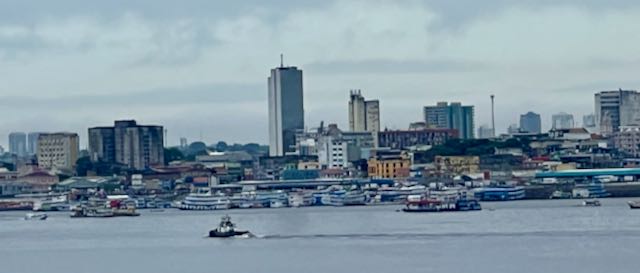
The city was founded in 1669 as the Fort of São José do Rio Negro at what is now the point where the Solimões and the Rio Negro rivers join becoming the Amazon River. The city was formalized in 1848 with the final name of Manaus – named for the indigenous Manaós peoples who originally lived in the area.
Manaus was at the center of the Amazon region’s rubber boom during the late 19th century. For a time, it was “one of the gaudiest cities of the world”. Historian Robin Furneaux wrote of this period, “No extravagance, however absurd, deterred” the rubber barons. “If one rubber baron bought a vast yacht, another would install a tame lion in his villa, and a third would water his horse on champagne.”
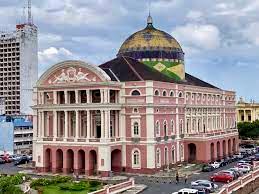
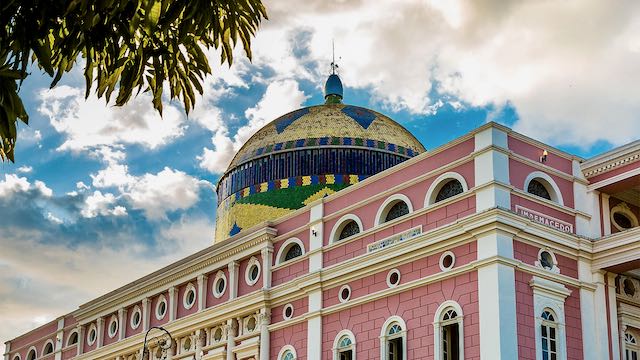
Therefore, the baron’s idea was to build a theater, not a simple concert hall, but a majestic building that would bring Manaus closer to a European capital like Paris. To carry out the work, not only professionals such as architects, builders, painters and sculptors were brought from Europe, but also various materials: Carrara marble, Murano chandeliers, pieces of worked iron from England and tiles from France. The construction started in 1881 and was completed in 1886.
During the rubber years, the monied class of the city built a grand opera house, with vast domes and gilded balconies using marble, glass, and crystal, imported from Europe. The construction of a theater became a requirement of that region, as it began to experience unprecedented economic and cultural growth due to the global interest in the sap of rubber trees in the Amazon rainforest. It was an elite theater for the wealthy society rubber had created.
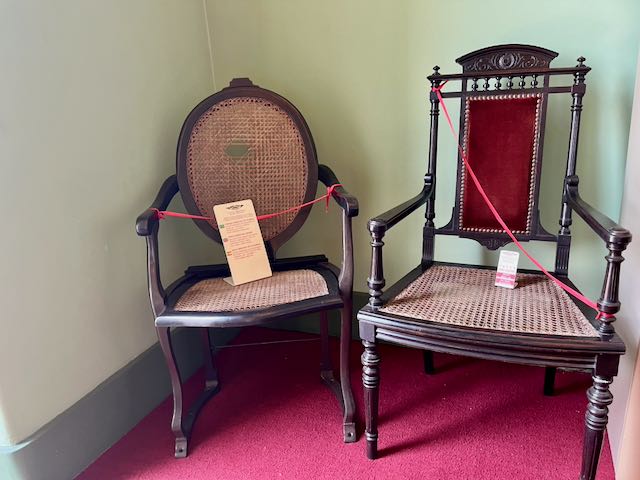
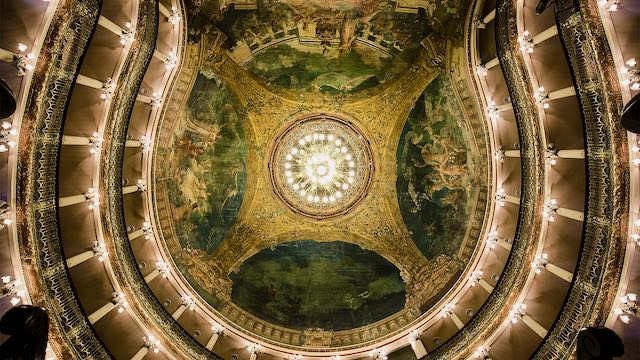
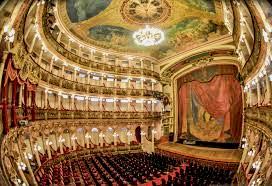
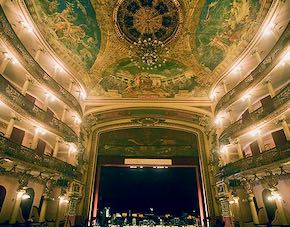
When the seeds of the rubber tree were smuggled out of the Amazon region and cultivated on plantations in Southeast Asia, Brazil and Peru lost their monopoly on the rubber production. The abrupt end of the rubber boom resulted in many people leaving its major cities, and Manaus fell into poverty and the opera house, called the Teatro Amazonas, was effectively closed for most of the 20th Century. After a gap of almost 90 years, and a major restoration in 1997, the Opera House was re-opened and has continued to thrive. Touring the place, the opulence that was used for the building is apparent on every level.
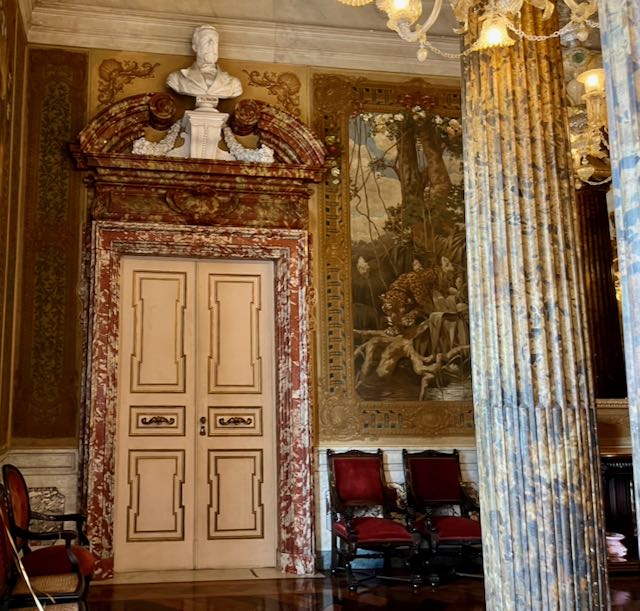
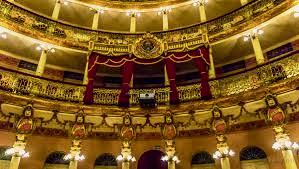
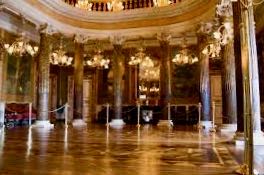
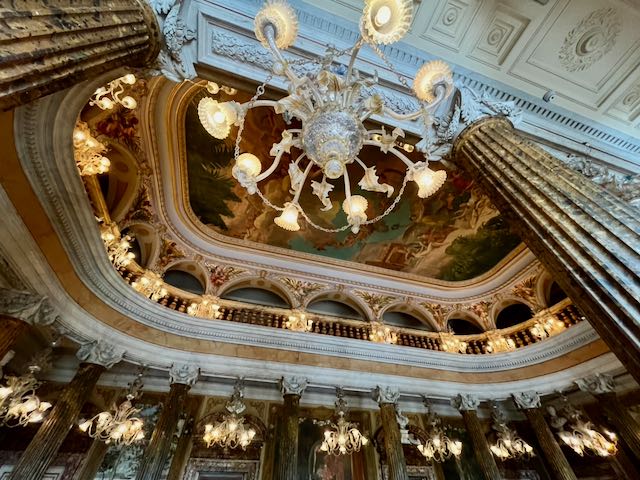
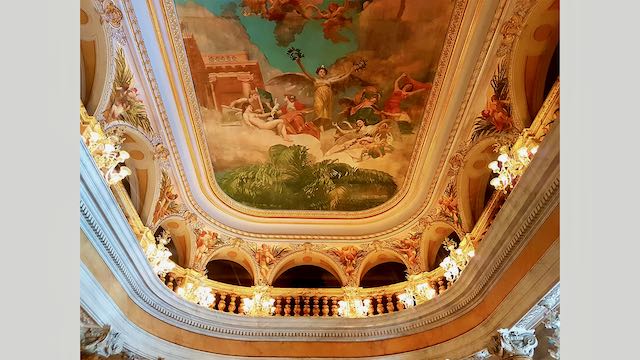

Manaus is a very large city but as with all large cities there are haves and have nots. When we wandered around on shore, our first day in port, we walked through a number of small market areas and shops. There was a surprising range of shops available –craft shops with thousands of handicraft items (beads being a big deal) to shoes, electronics, appliances and other commodities around. There were also a number of open-air stalls with hand craft items available.
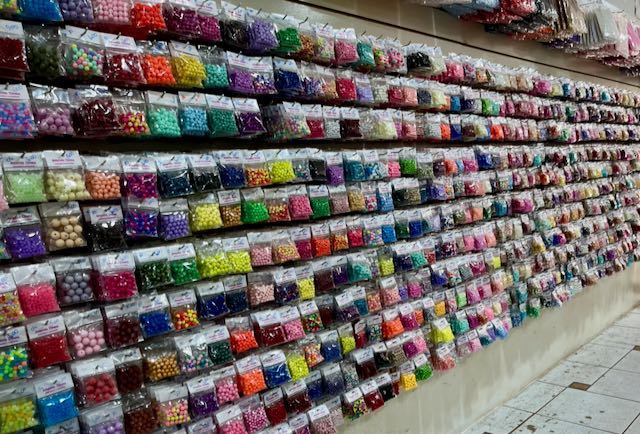

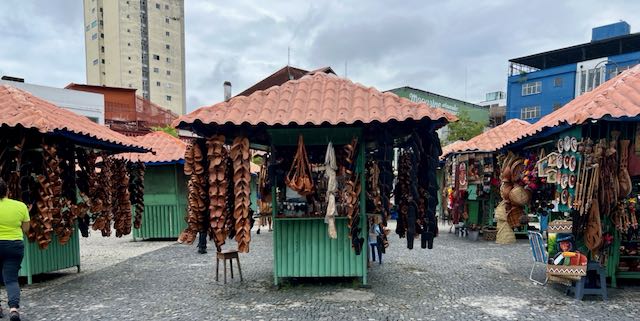
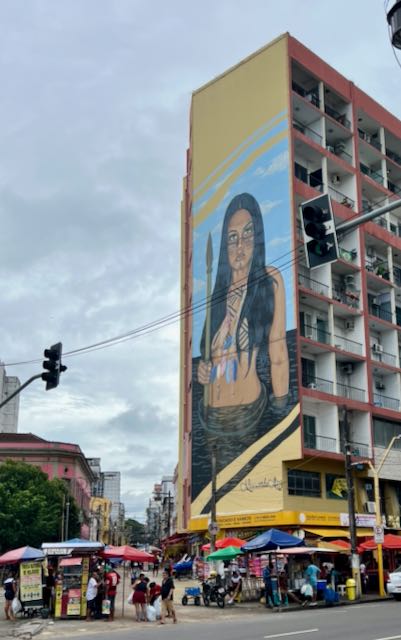
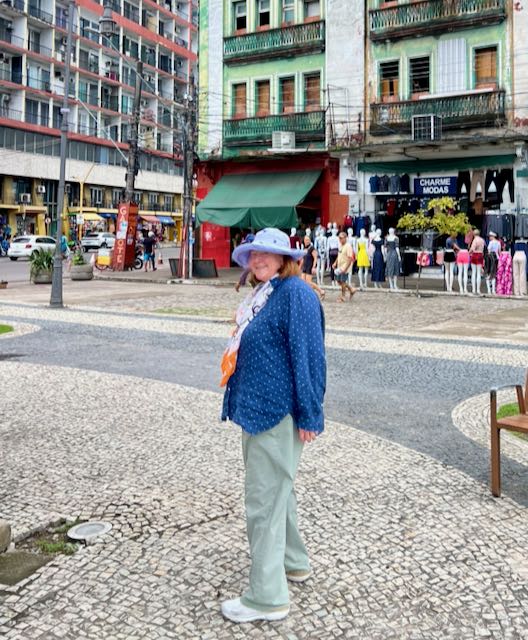
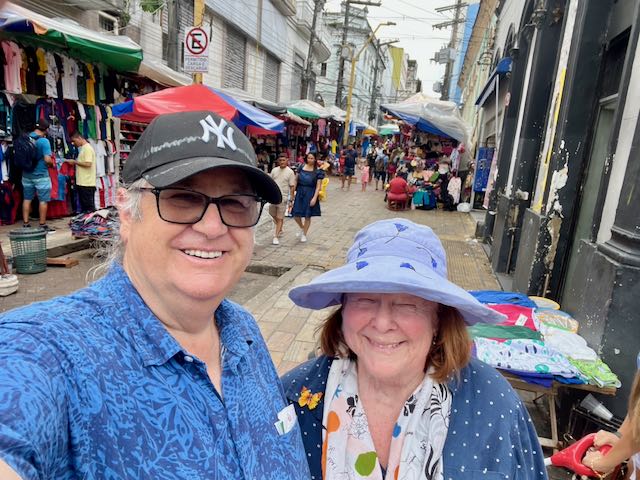
Meeting of the Waters – where the two rivers, Solimões and Rio Negro join, there is a distinct demarcation between the two. The Rio Negro shows up as a clear black water while the Solimões is a muddy brown. The flow (current) and the bio ph of the two rivers is distinctly different resulting in a clear separation between them as they flow together. It takes several miles for them to finally mix – with the muddy brown becoming the characteristic of the Amazon River.
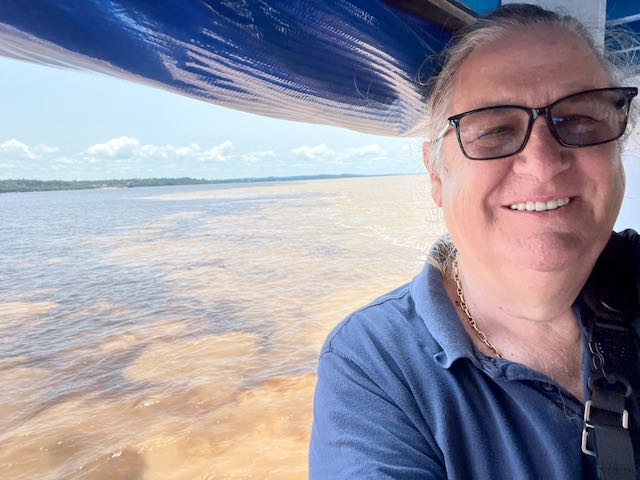
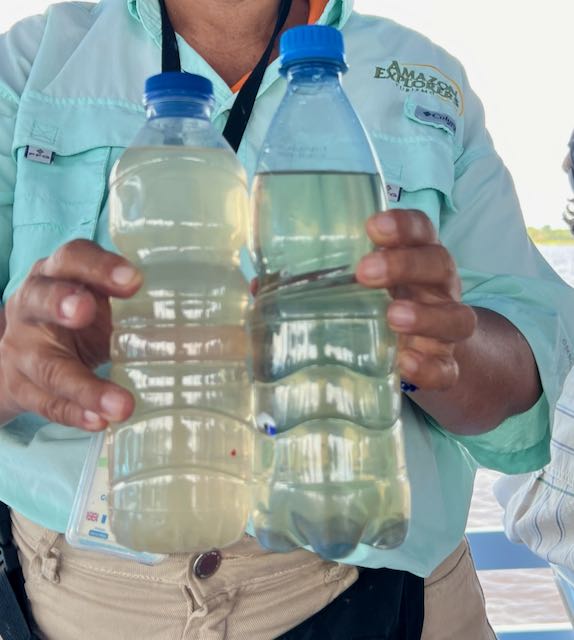
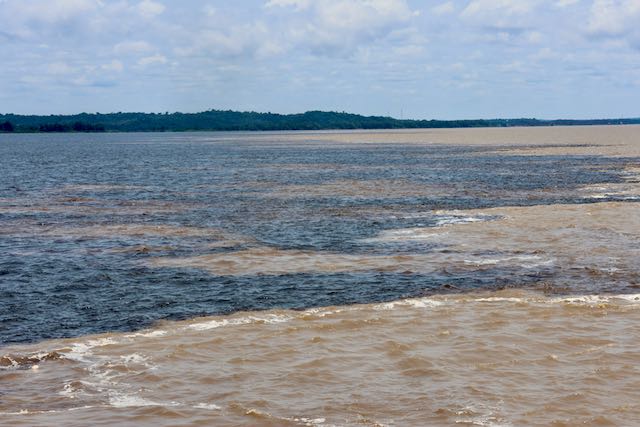
The month of March is the rainiest month of the year but our trip was blessed with good weather the entire time. However, with the amount of rain that occurs, both locally and up river, the level of the water rises some 25 to 30 feet! Homes along the way either are built on stilts or built to float. Those that are floating use balsa wood logs as their foundation. These logs, some 3 or 4 feet in diameter will last a very long time – some as long as 50 years. So, as the water rises so does your house. An added benefit of having a floating house is that if you don’t like your neighbors you can easily move!
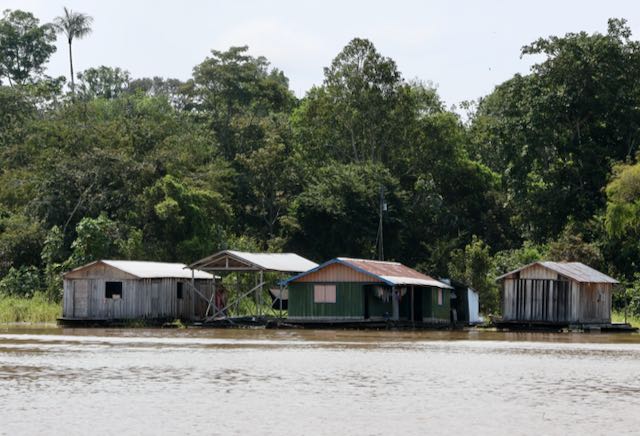
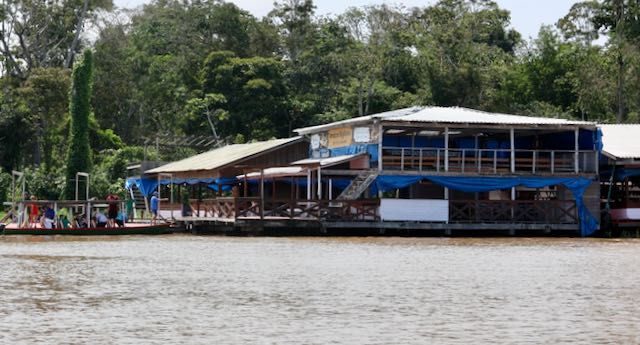
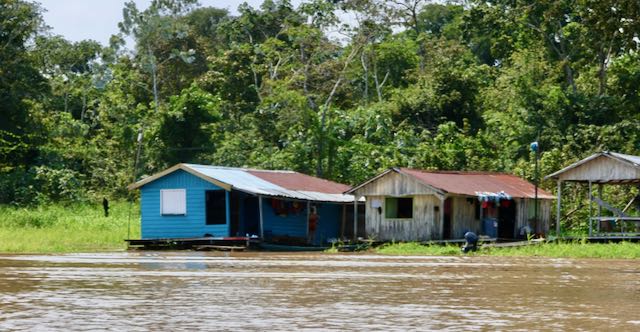
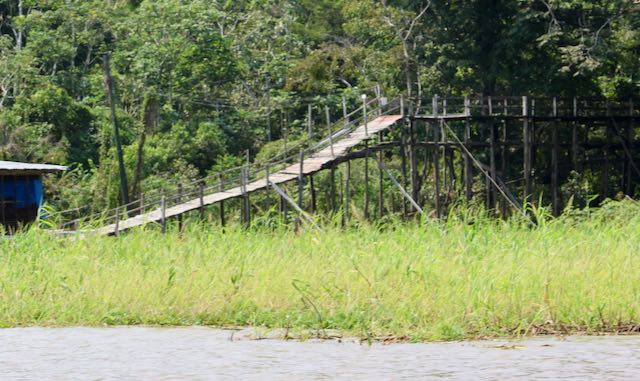
As the area is located along the equator, the temperature doesn’t fluctuate very much. There are only two seasons – hot and hotter.
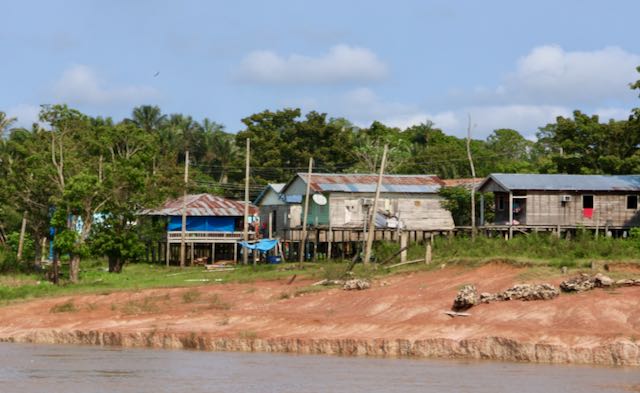
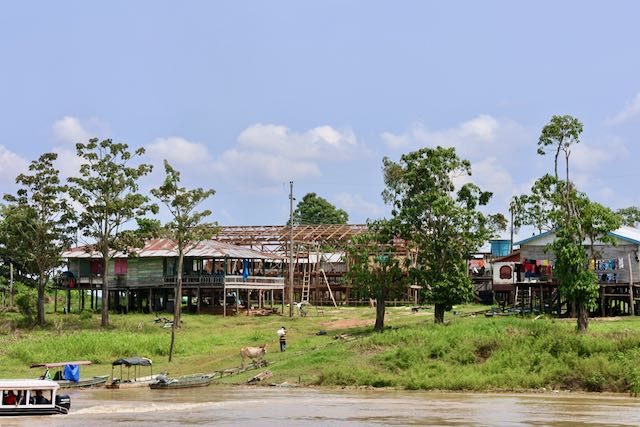
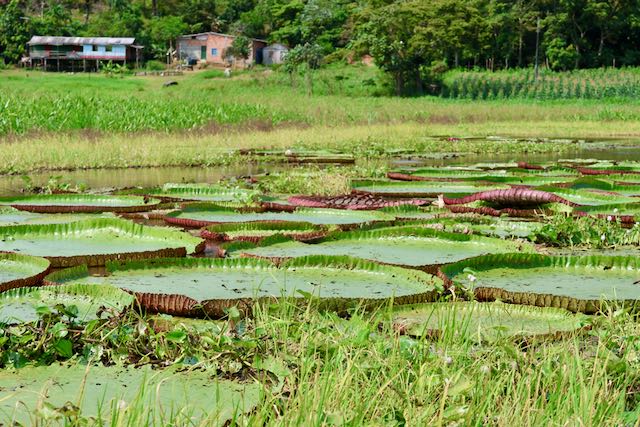
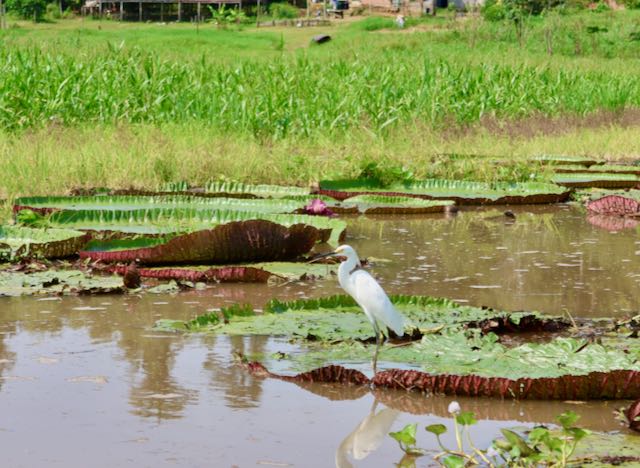
Additionally, there clearly is an abundance of growth – things grow very quickly and become huge. An example is the giant Lilly Pads we came through along the way. A surprise was seeing corn growing and to learn it is one of the major exports of the area. Strange place for sure.
Of course, there was some shopping available after our tour.
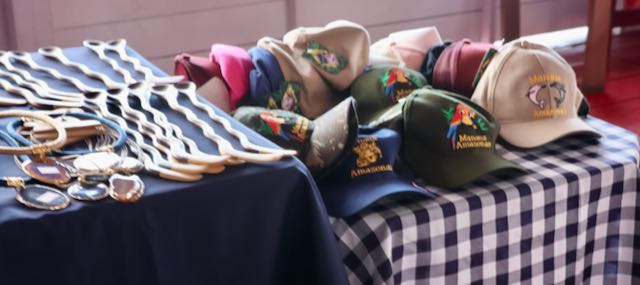

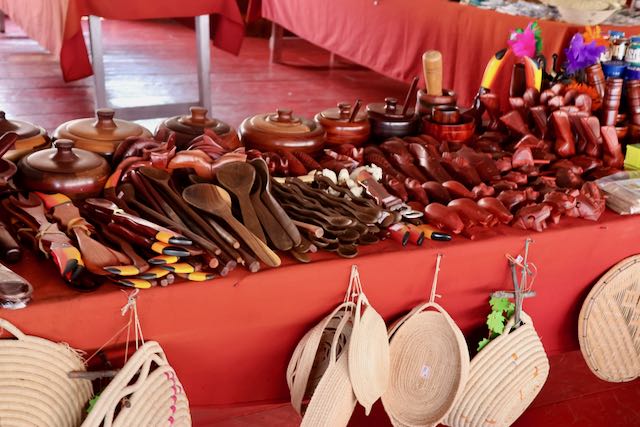
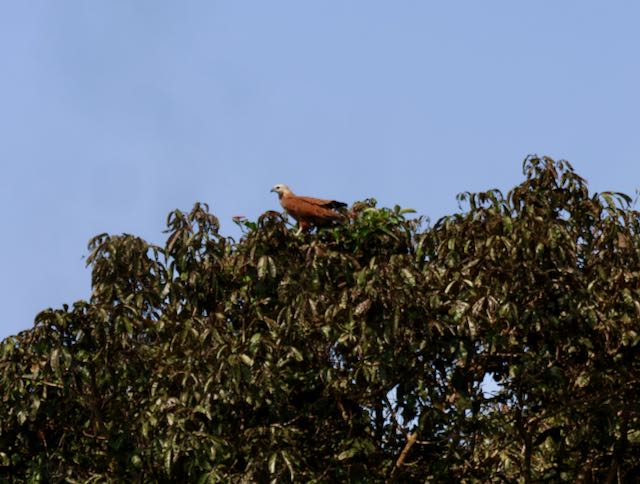
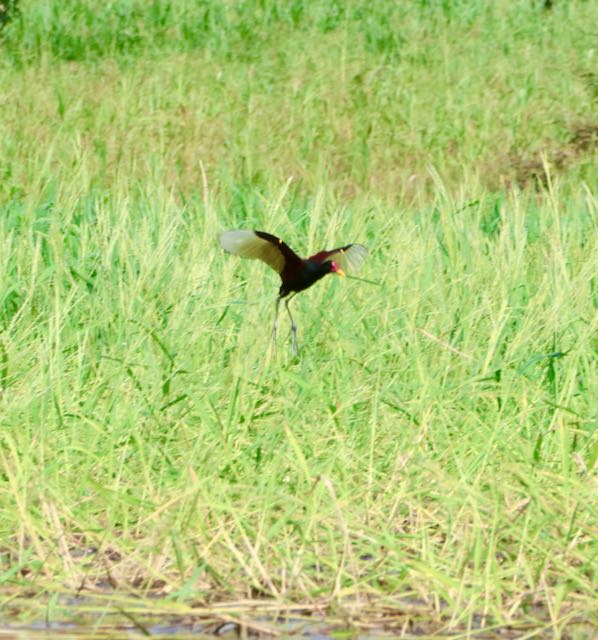
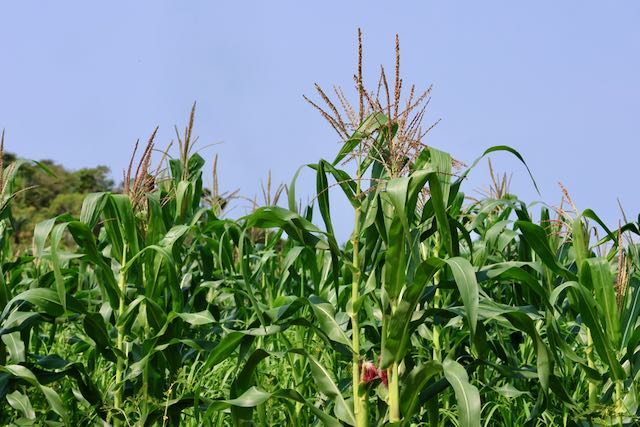
Our visit to Manaus was for a couple of days and quite enjoyable.
